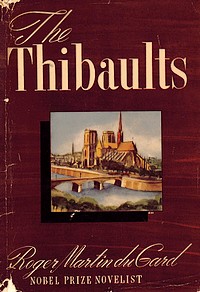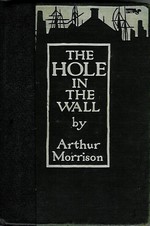Chris Lynch writes to recommend the 1925 novel This Slavery by the British writer Ethel Carnie Holdsworth.
In Pierre Bourdieu and Cultural Theory, Bridget Fowler writes of This Slavery:
It centres on women workers in a Lancashire textile mill. Their experience is conveyed through the story of two sisters: Hester, who enters a loveless marriage to a mill master, and Rachel, who becomes a strike leader. At the climax, as the workers starve in a bitter strike, Hester unexpectedly retails news gained confidentially from another employer; thus, despite her own death, she helps the strike succeed. In this novel, it is a woman, Rachel, who criticises the economistic narrowness of many trade unionists, and Rachel who reads Capital and dreams. Less lyrical but more compelling than her dreams are the novel’s small realist details, of women’s tiredness, for example, or of hunger: “We seem to do nothing but talk and think about grub…. Our bodies get in the way. We’re a set of pigs kept grovelling in the ground.” Or again, in ironical reflections on workers’ endurance: “To starve quietly, unobtrusively and without demonstration, is perhaps the greatest art civilisation has forced on the masses.”
Chris adds, “I have been collecting her books for a couple of years now (a very difficult task as they are almost impossible to find). I plan to contact publishers to see if any of them would be interested in reprinting this remarkable book.” A quick check through the obvious sources ( Amazon.com, Amazon.co.uk, and AddAll.com) produced a sum total of two books by Carnie-Holdsworth, neither of them This Slavery.
Chris has written an article on Ethel Carnie Holdsworth on Wikipedia. Two others articles on her life and work, one by Dr. Kathleen Bell and one by Nicola Wilson can be found on CottonTown.org, a site about the history of the cotton milling industry in Blackburn, England, once known as the weaving capitol of the world.
He also mentions that Trent Editions will republish her last novel, All on Her Own (1929) in 2007.

 A very short novel that got lost in the shuffle when first published because it had the misfortune to appear at roughly the same time as Eco’s The Name of the Rose, a much longer, louder, and easier to read book with which it has some superficial things in common (monks, murder, Middle Ages). Fuller is the British poet, not to be confused with the American writer of the same name. The book begins with an amazingly vivid description of an unsuccessful attempt to land a horse on a rocky island from a small boat, and the writing remains at the same level throughout, even as the story gets stranger and stranger.
A very short novel that got lost in the shuffle when first published because it had the misfortune to appear at roughly the same time as Eco’s The Name of the Rose, a much longer, louder, and easier to read book with which it has some superficial things in common (monks, murder, Middle Ages). Fuller is the British poet, not to be confused with the American writer of the same name. The book begins with an amazingly vivid description of an unsuccessful attempt to land a horse on a rocky island from a small boat, and the writing remains at the same level throughout, even as the story gets stranger and stranger.
 Reader Chris Leggette recommends Roger Martin du Gard’s family saga,
Reader Chris Leggette recommends Roger Martin du Gard’s family saga, 
